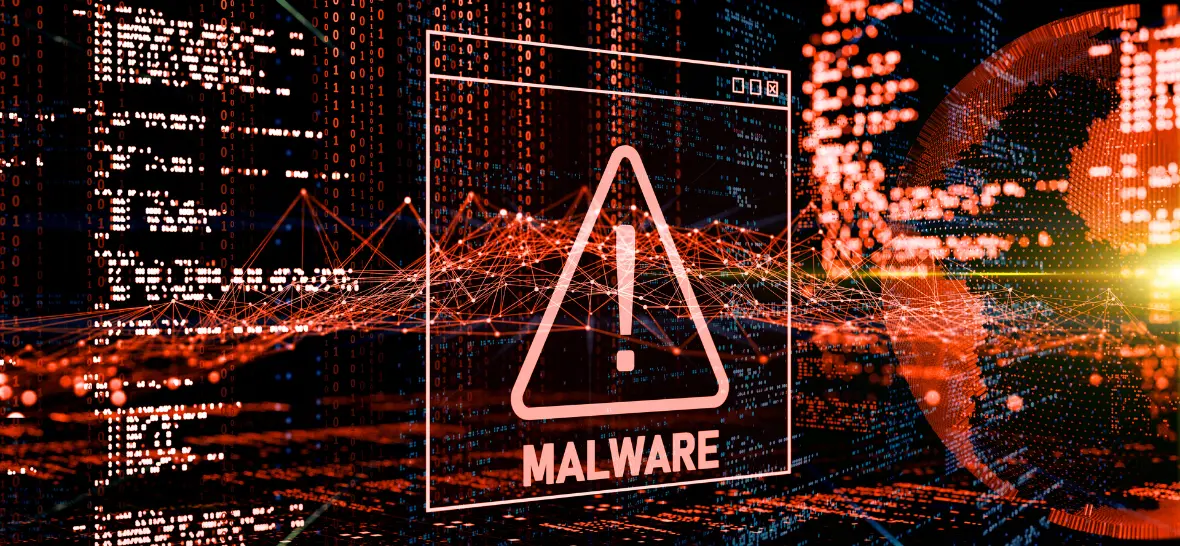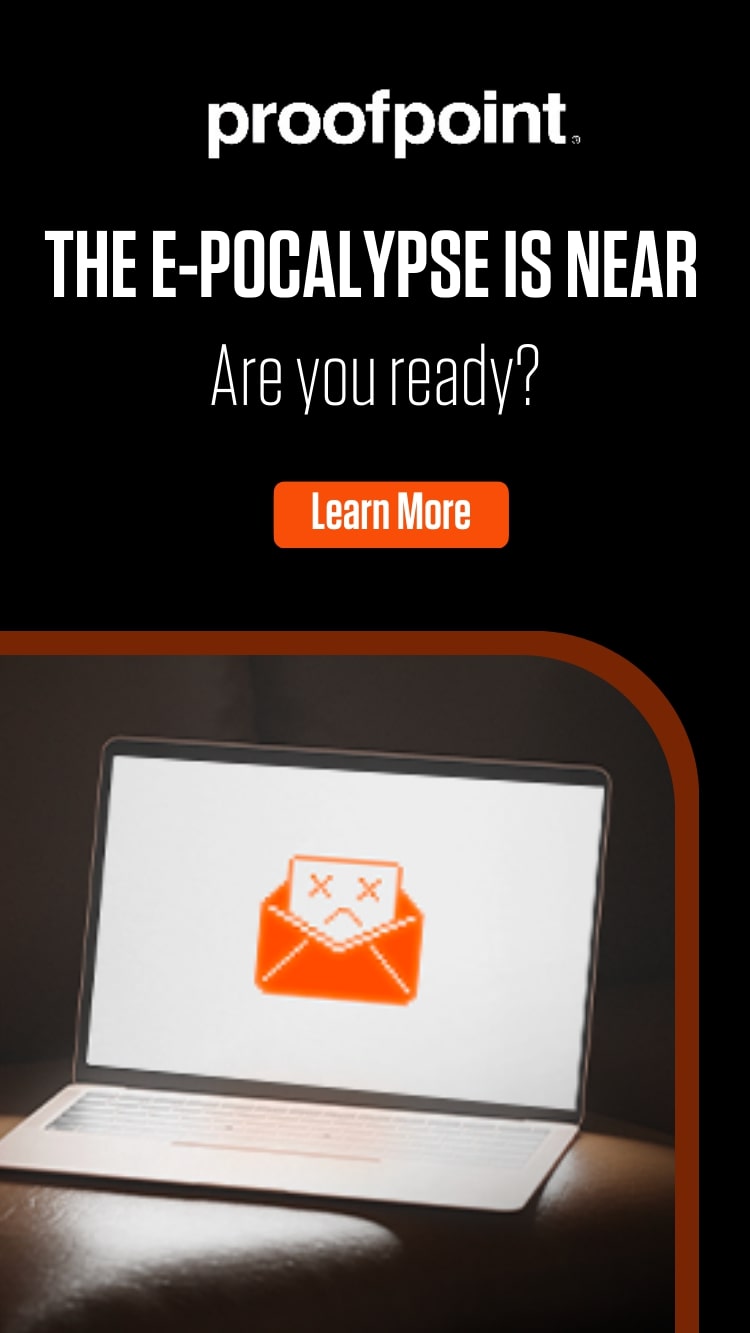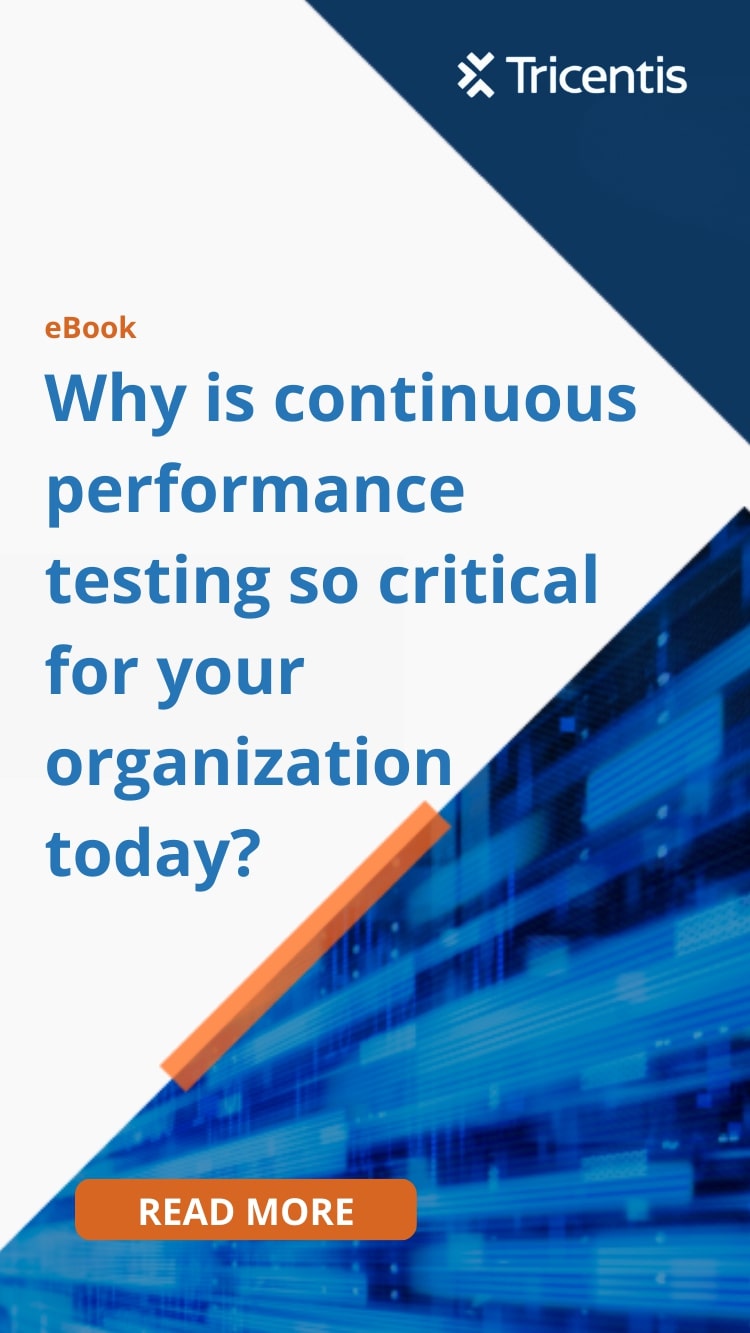Ransomware attacks continue to rise. Today, about 43000 ransomware attacks take place worldwide, every single day, on average.
A 2024 survey reveals ransomware attacks hit 75% of the surveyed enterprises, and the majority of the enterprises faced multiple attacks in a year.
The common modus operandi is for attackers to infiltrate networks using phishing or some other method and encrypt the data. They do not release the decrypt keys without receiving a ransom. Many attackers also threaten to make the data public if the victims do not pay the ransom.
The main reason why these attacks continue unabated is the easy availability of the infrastructure. Ransomware as a service (RaaS) offers attackers ready-made infrastructure to orchestrate ransomware attacks.
How RaaS Works
RaaS vendors offer ransomware code, encryption tools, and platforms to handle crypto payments.
RaaS makes ransomware attacks easy, cheap, and quick to execute. The attacker only has to log onto the portal and select the required ransomware kit from the many options available. Many vendors also offer their RaaS infrastructure on a bounty-sharing basis. Attackers can launch attacks with virtually zero investment.
The low entry barriers have increased the frequency and scope of ransomware attacks. Any enterprising attacker can access the tools to launch advanced attacks with minimal or no technical skills. RaaS providers also conduct marketing campaigns to promote their software among malicious actors.
RaaS in Action
The earliest ransomware attacks, such as the “AIDS Trojan” from 1989, were simple attacks. These attacks used infiltrated networks using social engineering attacks. The attackers used basic encryption techniques to lock the victim’s file. The basic method remains the same today, but ransomware attacks have become much more complex and frequent.
Ransomware operators today deploy complex, multi-stage attacks. They may access the network through phishing emails and exploit software vulnerabilities. Or they may leverage compromised remote desktop protocols. Once inside the network, they spread laterally and cause damage.
Today, many RaaS operators are ransomware gangs with demarcated responsibilities. Some gang members may focus on distributing the malware, while others focus on negotiation.
RaaS operators likewise have become innovative. Many RaaS vendors offer custom packages to target high-profile enterprises. They also offer customer support to help attackers launch successful attacks!
By 2031, ransomware operators will extort $265 billion a year, and there will be one ransomware attack every two seconds, on average!
Ransomware harms enterprises in multiple ways. The immediate fallout is a disruption to operations as the enterprise scrambles to restore backups. Even with backups in place, the attack causes financial losses and reputational damage. The enterprise may also face legal action for failure to safeguard sensitive data. Veeam Insight’s 2024 Ransomware Trends Report estimates that 29% of enterprises who paid ransom still could not recover data.
How to Safeguard Against RaaS?
Safeguarding against RaaS requires eternal vigilance and a proactive approach to security.
Take Regular Backups
The basic safeguard against ransomware is regular backup of all data. It is preferable to store backup data offline. Attackers who can infiltrate the network can also compromise backup files. Having a ready backup enables data recovery without paying the ransom and ensures continuity of operations.
But backups alone do not offer complete protection against RaaS operators. The data between the last backup and the attack would remain inaccessible. On average, enterprises lose 38% of their data when they become victims of a ransomware attack.

Also, most RaaS operators threaten to make public sensitive data. The leak of personally identifiable information or financial records can have disastrous implications. In fact, many ransomware operators do not bother to encrypt the data. They show proof of having siphoned off sensitive data and threaten to make it public if the business does not pay the ransom.
Get the Basics of Security Right
Ransomware does not work unless the attackers can infiltrate the network. Basic security practices, such as robust passwords and multi-factor authentication, block most infiltration.
Endpoint protection and threat detection solutions have also become a must. These solutions identify and mitigate attacks before the damage occurs.
Another basic safeguard is keeping software updated. Up-to-date software, with the latest patches installed, reduces the vulnerabilities. Many enterprises hesitate to update the software with the latest patch releases within the recommended 30 days. They delay to avoid interruption to their business.
Identify Misconfigured Systems
RaaS attackers seek systems with weak configuration management protocols. They especially seek out misconfigured TLS/SSL configurations. Each TSL SSL certificate identifies a specific device connected to the network. Any mid-sized enterprise will have hundreds or thousands of TLS/SSL certificates. And these certificates remain spread across various applications, devices, and servers. In today’s fluid ecosystem, certificates and their configurations get updated, renewed, and reissued constantly.
Pin-pointing a TLS/SSL with security misconfiguration is impossible in manual mode. Automated scanning tools scan certificates and their configurations to identify vulnerabilities and misconfigurations. The scan takes place in real time, on a continuous basis.
Take Proactive Preventive Measures
The best protection against ransomware is prevention. For this, it is necessary to stay ahead of the attackers.
The basic preventive measure is to audit the network at periodic intervals. Such audits catch any weaknesses early.
- Conduct penetration testing to unearth weaknesses that ransomware operators can exploit.
- Use automated tools to identify and remediate potential vulnerabilities.
- Subscribe to threat intelligence feeds to monitor the threat landscape. Remaining abreast of emerging ransomware trends enables proactive countermeasures.
- Conduct regular phishing awareness training for employees to recognise and avoid phishing attempts.
Extend the audit to the wider ecosystem of which the enterprise is a part. For instance, audit supply chain partners connected to the enterprise network. Most enterprises do only a one-off exercise at the time of onboarding the partner. In today’s fluid network environment, things change fast, necessitating periodic audits.
Monitor the Network
Network monitoring has become essential to safeguard today’s connected ecosystem. Network monitoring tools analyse network traffic and catch unusual behaviours. Signs of ransomware operators at play include suspicious logins or a sudden spike in encryption operations. The monitoring tools generate real-time alerts on detecting suspicious activities. The immediate response is often to shut down the network and isolate the infected devices to prevent further damage.
Network monitoring data also becomes valuable for forensics, to trace the source and determine the extent of the damage.
Be Prepared With an Incident Response Plan
Despite the best security deployments and preventive measures, breaches do occur. A ransomware attack is an emergency, as it causes sudden disruption of operations and loss of critical data. It is important to develop an incident response plan to cope with and overcome the situation.
Have a team ready to take charge and respond to ransomware incidents. Make the team responsible for isolating affected systems and restoring backups.
Have clarity upfront on whether to negotiate with the attackers or ignore them. Empower the team to negotiate with the ransomware operators if negotiation is the decided-upon policy.
Enterprises hide incidents of ransomware attacks at their peril. In many jurisdictions, regulations mandate such disclosures. Even otherwise, non-disclosure can seriously erode customer trust. Make sure the incident response plan documents the procedures for notifying stakeholders.
Businesses cannot take on ransomware threats by themselves. It is important to partner with a security provider who has the capabilities and the infrastructure to take on the RaaS operator’s heads. Vendors such as Crowdstrike offer complete protection through a unified platform.












